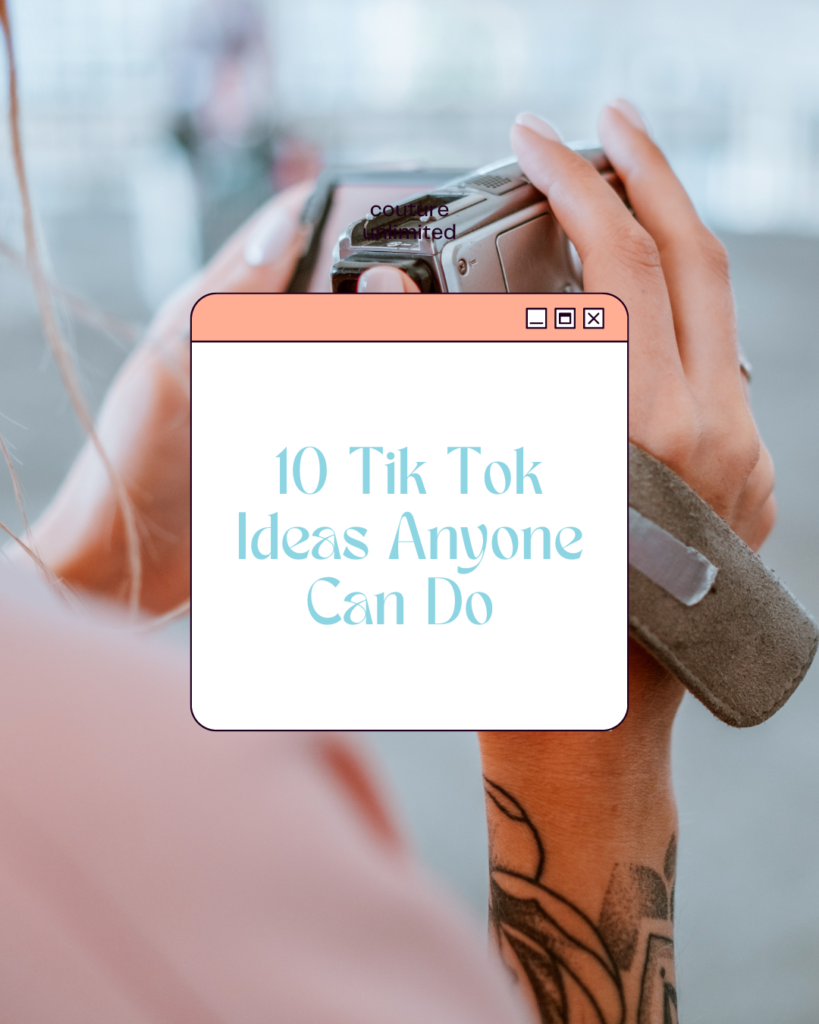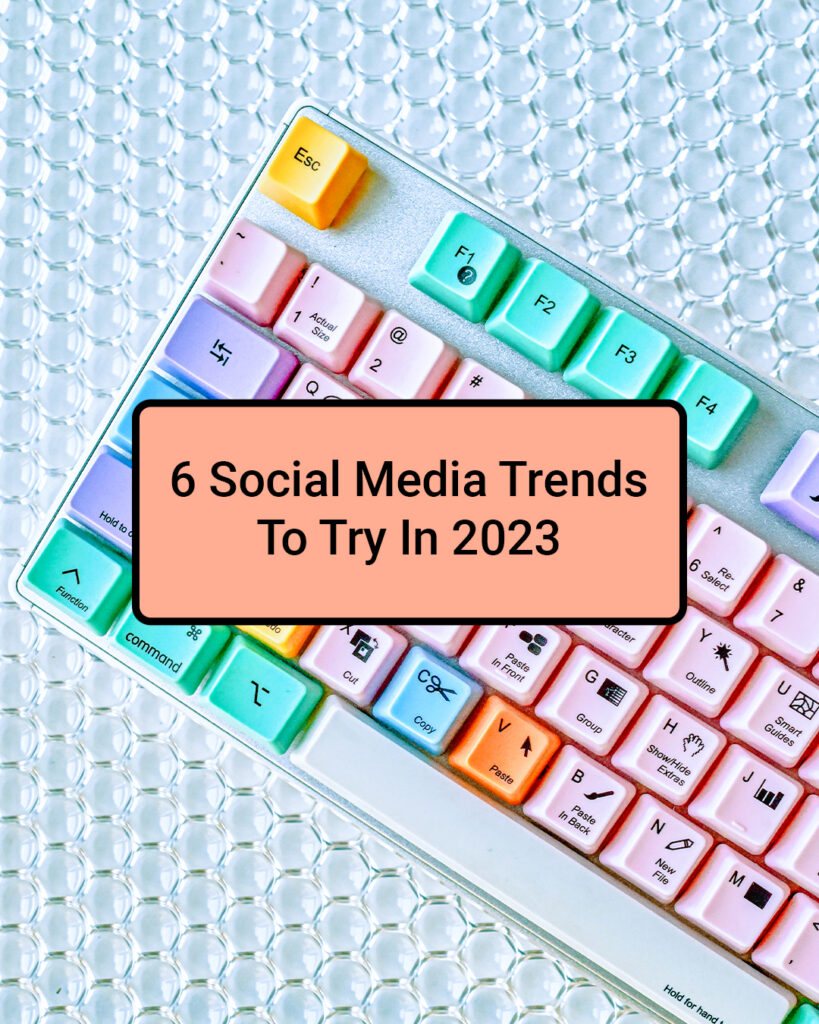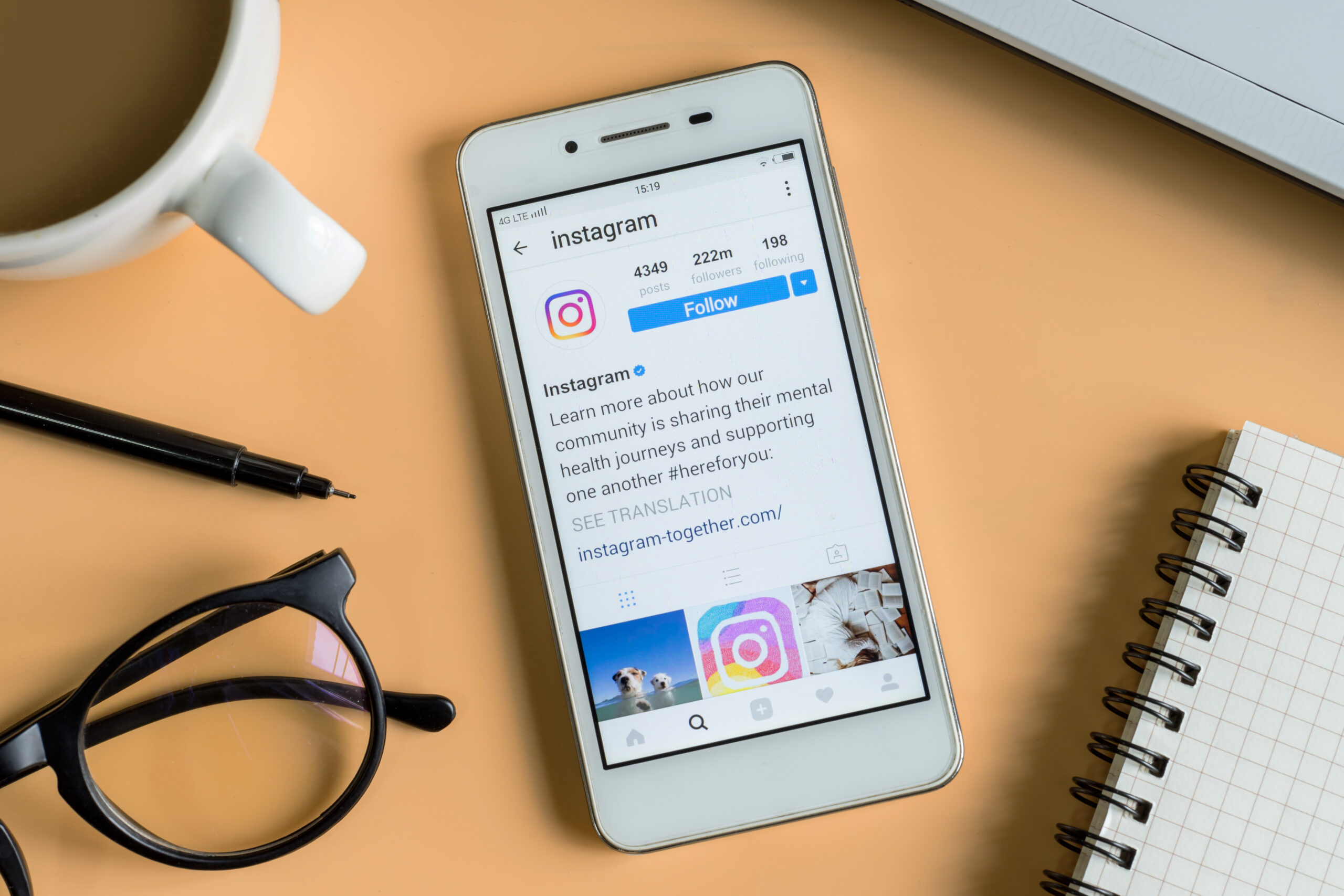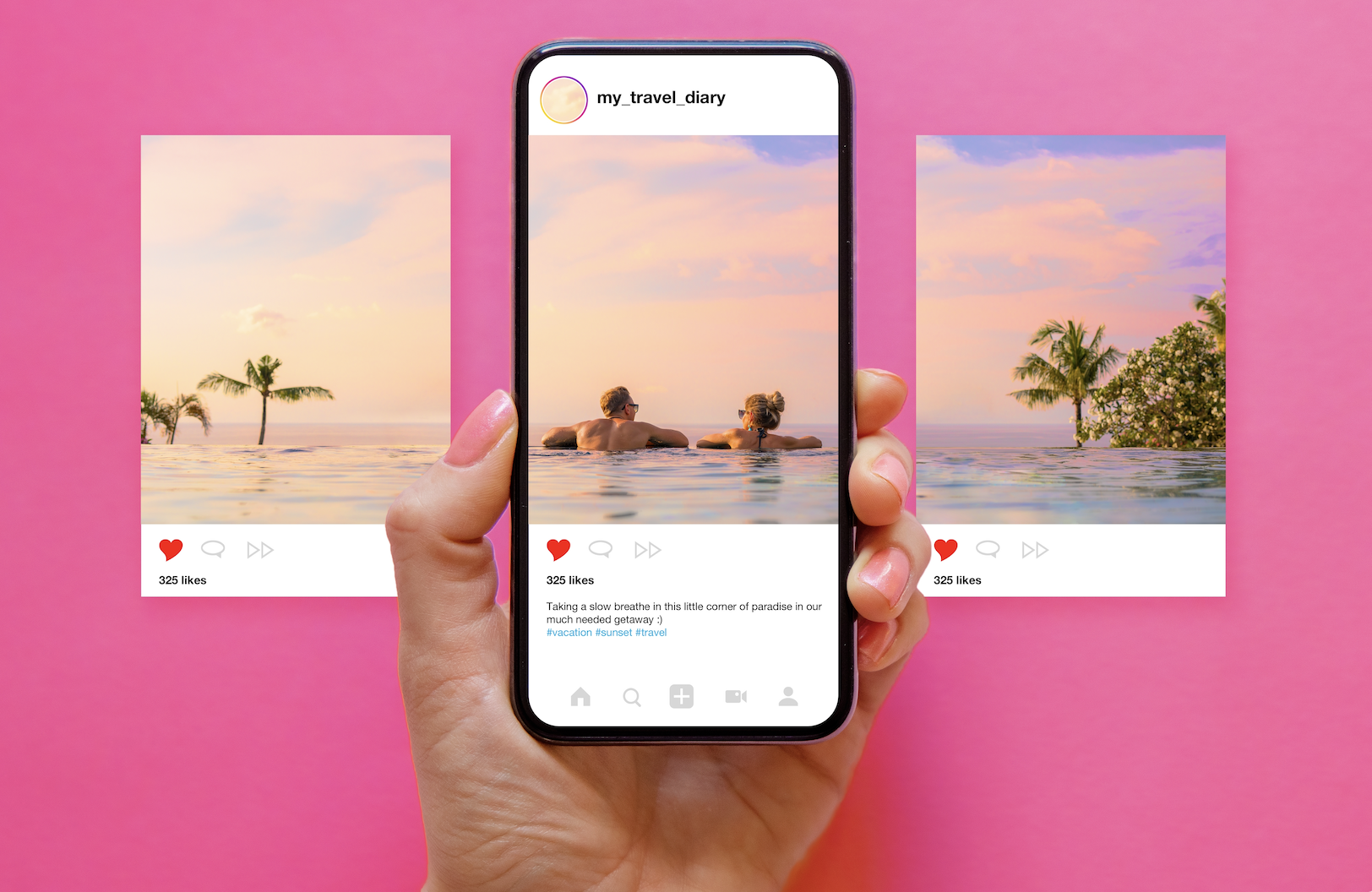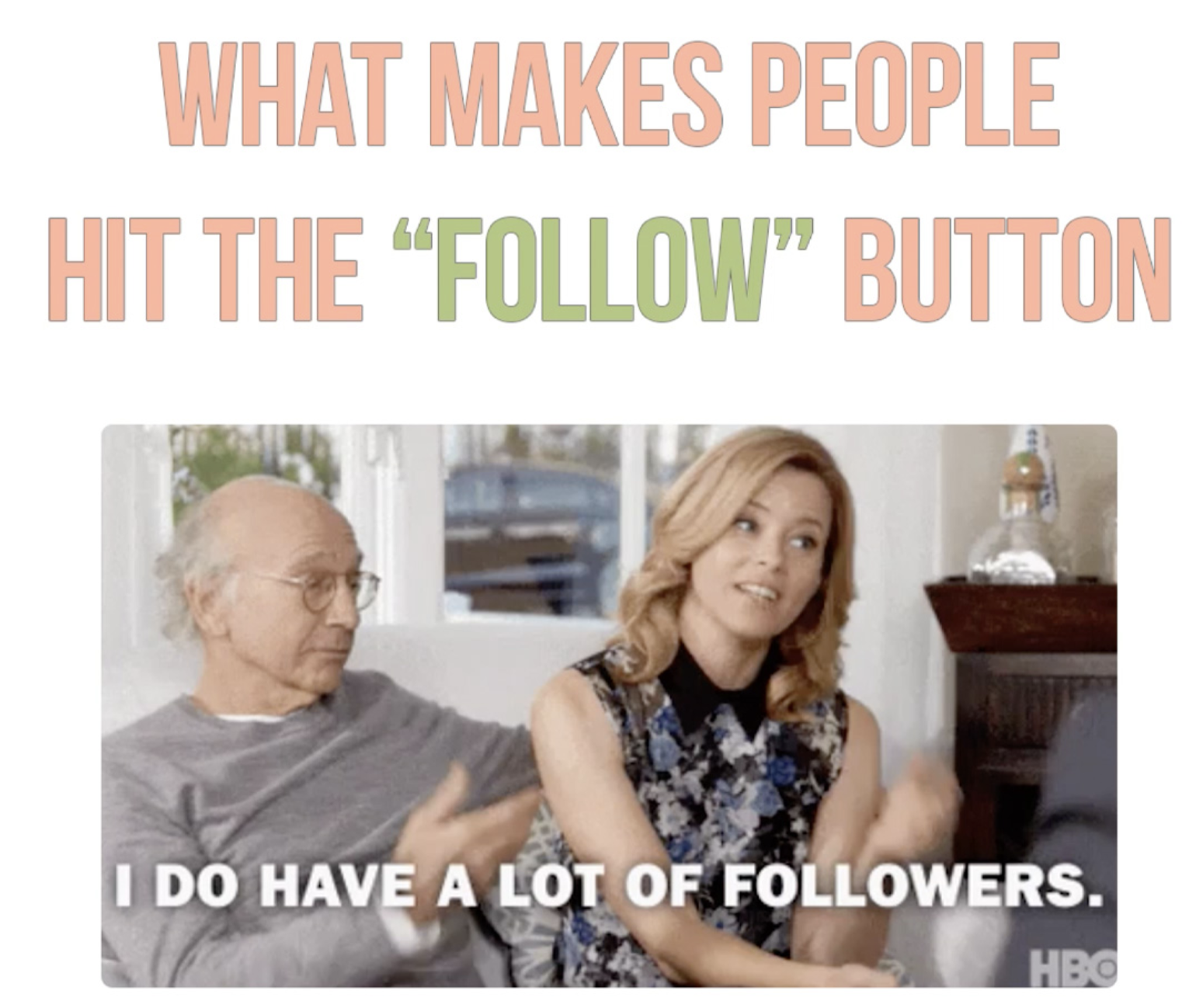“In a different time, had I spray painted ‘Not Art’ on things, people would have said ‘Hey, that’s illegal and that’s not art.’”
That’s what the street artist and founder of the Not Art Movement said to us.
A post shared by 🚫🎨 (@notart) on
We caught up with one of Boston’s favorite street artists to know more about his thoughts on street art, his inspirations and how he goes about ideating for all his pieces. Find out how it feels like to deal with notions that label artists as vandals, an artist’s daily challenges, personal preferences and what has kept him going for the past 10 years:
How long has it been since you started this project? What made you start it and what makes you want to continue it?
I’ve been doing it for about 10 years now, and the reason I keep doing it is because it works. It’s a concept I came up with, and I always try to come up with something new for it.
It started with a Eureka moment. There was a restaurant named The Rendezvous here where I used to work. Back then I was doing assemblage and collage and had made a little box, which had artifacts like a stone, burnt wood and feather inside. I brought it to work, but couldn’t explain because everyone got busy. Later at night, I got reactions like “What was that was artwork? I thought it was a Native American face painting kit!” and “I thought there was something going to jump out of it. It was so weird!” Those reactions were 10 times better than any other artwork I had ever gotten.
That’s when I thought to myself, how could I create this sense of wonder again?
Later on, I started writing Not Art around my apartment but my roommate HATED it. It made me think about how strong her reaction was —f it was just two words, why is it so strong? I made a stencil and started painting around town.
https://www.instagram.com/p/BLW4HoOgr2e/
What is your definition of art? Has it evolved over the course of the project?
Yes, of course. My definition of art is that everything is art. But I don’t like to share this with people right away, because it’s hard for people to swallow. I like people to come up with their own concept of what ‘art’ is and ‘not art’ is.
What I’m doing is planting a seed, which is kind of reverse psychology, because people are more apt to seeing things that they don’t perceive normally as art. They’re getting closer to seeing everything as art but they’re not there yet. I want to show people that everything can be art — that is the idea of the project.
https://www.instagram.com/p/BJyPSBqArRv/
What I learned is that any distinction between art and not art is arbitrary and absurd, so I play with that absurdity. 100 years ago, probably a painting on the wall would have been called art. Artists like Duchamp and Rauschenberg, maybe even Warhol, set a stage which made people question art. We as artists decide what art can be, we invite people to ask the question rather than try to give them an answer.
What do you think about the public art scene in Boston? How different is it from the other cities/places you’ve done graffiti in like Brooklyn and Salem.
Well, what I’m doing here is considered illegal by many authorities, so I’m trying to be respectful about it. I don’t believe in spraying on walls.
Here, there isn’t that much of a vibrant graffiti scene. The Boston graffiti community is smaller. This has been a blessing since that helps in my work being noticed. In New York, people are very supportive and friendly, and if they’ve seen your work on a street, they’ll be like “I’ve seen it” – which builds a sense of community. In Boston, it doesn’t happen that much. There are hardly any book releases, gallery openings or events where artists come together.
Where do you get your inspiration from? Other graffiti artists/ social surroundings or other forms of art?
I don’t get inspiration from other graffiti artists. It started very organically with me practicing assemblage and collage. The concepts I currently play with have definitely set the stage, especially Duchamp.
https://www.instagram.com/p/BHGYC6zgvpk/
I stay true to my initial intent. I select spots based on some sense of aesthetic beauty, I have my favorite spots, but sometimes I see spots where people put up stuff and I want to put my work there too.
How do you choose your backgrounds? And how much time does it take for you to choose them? Do graffiti artists research over a period of days or months?
I see something and I make a decision. It’s almost like a red light that goes off and I know I want to work on that spot. I pick spots depending on what’s aesthetically pleasing – I like patterns of paint, rust and interesting textures, but also a sense of composition, so I like to think about ‘Not Art’ as a signature at the bottom of a photograph that hasn’t been taken yet.
https://www.instagram.com/p/BILN0J5A9oS/
Do you have different stencil designs and do you use them for different backgrounds? Do you think they have an influence in the way the message is put out?
It’s just one type of stencil. Lately, I’ve been pretty much doing black on light backgrounds and white on dark backgrounds. There have been times when I have wanted to accentuate certain colors, so I pick a color accordingly. I’ve actually been very successful in those, which makes me want to do more of those. But I usually carry black paint with myself so that’s good enough.
Public Art has always been at the forefront of social issues; people consider it to be the thin line that exists between creating a dialogue and the act of vandalism. What is your take on it?
I think the fact that it is labeled as vandalism is an unfortunate by-product. I don’t believe I’m being a vandal. I know there are artists who like being called one and are excited about that. I try to pick locations that are not going to be offensive to people, and look at stuff that is deteriorating. That way it becomes a neglected stop and doesn’t upset people.
I believe things are changing to a certain degree. For example, when I’m selling my stuff, old ladies, kids and parents come to me and tell me that they’ve seen my stuff and love it. No one talks about it being illegal, which only shows how open-minded they are. Initially when I first started doing it, I thought it would only be appreciated by a certain select group of people. Of course, I wanted it to be influential to everybody but I’ve started getting so many people form all walks of life who enjoy what I’m doing, but essentially, the police thinks of it as vandalism. I want to distinguish between both these ideas.
https://www.instagram.com/p/BKOb6lgA5CT/
Tell us about your personal favorite piece.
The favorite that pops in my head is in Somerville, an abandoned gas station style. I had to get a ladder to it and I thought it was risky because I thought I’d get caught. The last one I do is usually my favorite. It’s almost like getting a new toy. I want that “newness” – it keeps me going.
These days, I’ve only been doing it once week. Earlier, I used to do it everyday. I never used to go around looking for a location but I always carried my bag and if on the way I’d see something, I would start.
Social media can create an impression and has the ability to make things go viral. Do you see public art having the same effect too? Also, do you think social media has helped the Not Art movement to reach a wider audience?
Yeah, I definitely gained a bigger audience. Actually, there was a guy from Ireland who wanted one of my T-Shirts. Instagram has been fantastic for me; it allows you to impact people all over the world with your photography. I check #NotArt everyday and it’s interesting to see how people interact with the artwork. People put up captions with words like “Or is it?” and “Thanks for pointing that out.”
It’s fun and sometimes gets philosophical which gets me excited. I also like to see how users compose a photograph. People on Instagram are supportive and friendly.
https://www.instagram.com/p/BEEzUtTJQhH/
What are your future plans with regards to the movement?
I’m going to keep doing what I’m doing. I’ve been more concerned about legality issues. I haven’t been forced to stop nor have I ever gotten into trouble, but I hope for my art to not be considered illegal. I’m doing good work, and people like it, but it still ends up being considered illegal by the police.
https://www.instagram.com/p/BGhlspTpQsL/
I’m trying to search for a transition. I wish to come up with the next step in my art career but I’m just really obsessed with this concept. I love it, people love it. Right now, it’s fun to sell T-shirts and when people buy them, I encourage people to own the concept. I ask them to give their own definition to it, because that’s how you create dialogue.
To stay updated, you can follow Not Art on: Facebook | Instagram
Metter Media LLC is a Boston-based social media management company that implements community-based, localized social engagement strategies for small businesses and corporations alike. Need help with your social media? Email Lauren today.
